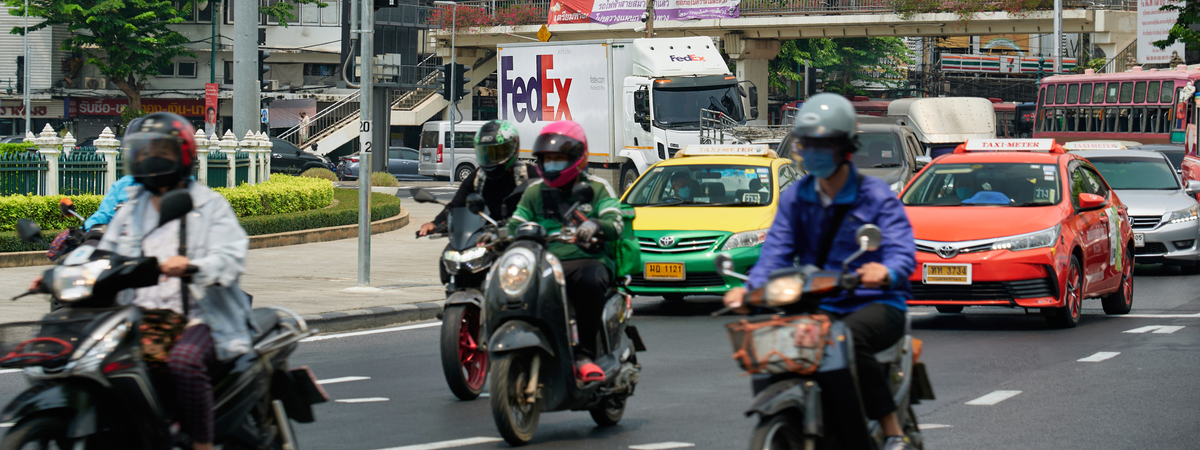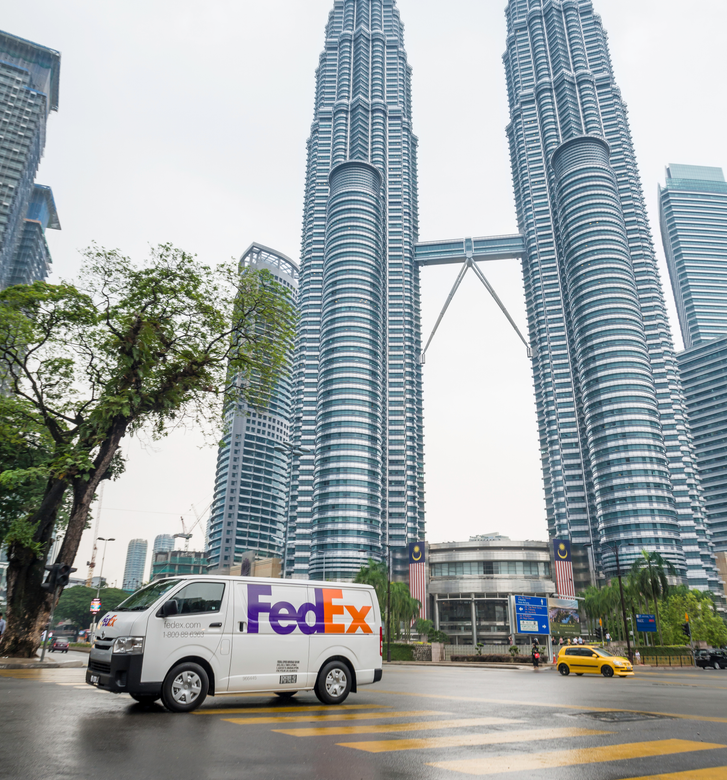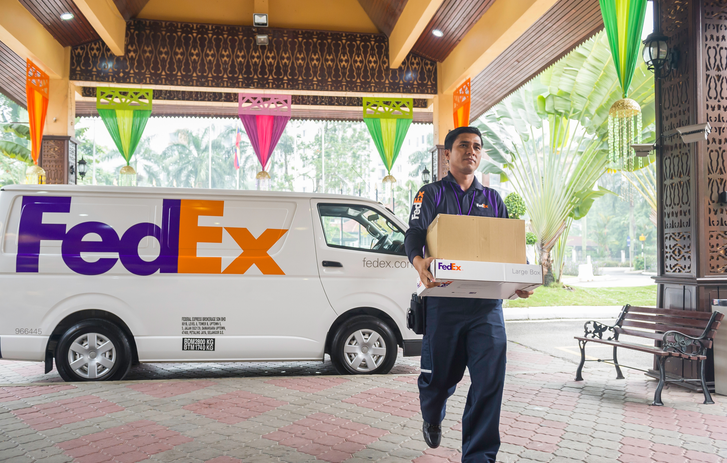
Future-proof your supply chain: A guide to China Plus N
Discover why the "China+N" strategy is gaining traction and how countries like Vietnam, Thailand, and Malaysia offer unique advantages for businesses ready to tap into new markets, reduce risks, and optimize costs.
Why supply chain diversification is no longer "optional"
Relying on a single market for your supply chain is increasingly risky due to geopolitical tensions, trade policy shifts, and unexpected events like pandemics that can quickly disrupt operations. Diversifying your supply chain is essential for staying resilient by spreading operations across multiple locations, ensuring that one setback doesn’t halt everything. It also helps reduce risks by protecting against political, economic, or natural disruptions, thus avoiding the danger of putting all your eggs in one basket. Moreover, diversification allows businesses to tap into new markets and reach growing consumer bases and skilled workforces in different regions, while also saving on costs by accessing competitive labor markets, affordable materials, and trade incentives.
The "China+N" lens: A simple way to expand
For many businesses, particularly those with established operations in China or other major manufacturing hubs, the China Plus N (also known simply as Plus N or China+N) strategy has become a prominent approach to diversification. Many companies from the U.S., Europe, and Japan operating in China have been exploring or implementing a China+N strategy. Interestingly, even Chinese firms are adopting this concept by rerouting their supply chains through Southeast Asian countries to effectively navigate U.S. tariffs. This strategy isn’t necessarily about abandoning existing operations but rather about complementing them by establishing additional manufacturing, sourcing, or logistics capabilities in one or more other countries - the “+N”.
Reduce dependency
Avoid relying too heavily on one country.
Boost flexibility
Build a network that can adapt to disruptions.
Cut costs
Find locations with lower operational expenses.
Grow your reach
Connect to new customers and markets.
Southeast Asia (SEA) is the perfect “plus n” for many businesses, especially those already operating in Asia.
Why Southeast Asia? Your key to growth
Southeast Asia is booming, and it’s packed with opportunities for businesses looking to diversify. Here’s why it’s a smart move:
Big markets
Cost savings
Lower labor and operational costs help you keep expenses in check.
Trade-friendly policies
The Regional Comprehensive Economic Partnership (RCEP) and other free trade agreements make it easier to do business across SEA.
Great location
Close to China, SEA offers shorter supply lines and smoother logistics for many companies.
Growing infrastructure
Industrial parks, ports, and supplier networks are expanding, making SEA a reliable choice.



For example, companies like Apple are moving parts of their production to Vietnam, while Chinese businesses are setting up in SEA to navigate trade challenges. It’s a region on the rise, and you can be part of it.
Making the move: Practical steps to get started
Successfully diversifying your supply chain into Southeast Asia is more than just picking a new location; it requires meticulous planning, building strong local partnerships, and leveraging available expertise and support. Here are some practical tips to consider:
Strategic site selection
Go beyond cost considerations and evaluate infrastructure quality (ports, roads, utilities), political and economic stability, local talent availability, labor laws, supplier ecosystem maturity, and industryspecific regulations.
Building resilient supplier relationships
Conduct thorough due diligence on new suppliers, assessing their financial health, reliability, quality standards, and capacity. Cultivate collaborative and transparent relationships to strengthen long-term partnerships.
Navigating logistics complexity
Adding new supply chain nodes increases logistical challenges. Plan for multi-country transportation, customs clearance, warehousing, and potential variations in lead times and shipping reliability to ensure smooth operations.
Maintaining quality control
Consistency in product quality across manufacturing sites is critical. Establish rigorous QA/QC processes and monitor them closely to maintain standards across all locations.
Understanding cultural and legal nuances
Each Southeast Asian country has unique business cultures, legal frameworks, and labor practices. Invest time in understanding these differences and adapt your strategies accordingly for seamless integration.
Leveraging technology
Use modern tools like supply chain visibility platforms, ERP systems, and digital solutions to manage complexity, track shipments, monitor inventory, and enable efficient communication across geographies.
Top SEA countries to consider
Each SEA country offers unique strengths. Here’s a quick look at three key players:
Malaysia
A leader in semiconductors and electronics, Malaysia offers skilled workers, great logistics, and a business-friendly environment.
Thailand
Known for automotive and electronics, Thailand has solid infrastructure and government incentives like “Thailand Plus” to attract businesses.
Vietnam
A manufacturing star, excelling in electronics, textiles, and footwear. With a young workforce, competitive costs, and trade agreements, it’s a top pick for exporters.
Other SEA markets like Indonesia, the Philippines, and Singapore also present unique opportunities depending on specific industry needs and business models.
How FedEx can help you succeed
Diversifying your supply chain doesn’t have to be overwhelming. At FedEx, we’re here to make it easier with:
Extensive SEA network
Connect to suppliers and markets across Southeast Asia with speed and reliability.
Logistics expertise
Optimize your shipping and streamline operations with our regional know-how.
Customs clearance support
Navigate complex regulations and avoid delays with our customs brokerage services.
Success in action:
From Fuzhou, China to Long An, Vietnam: A China+N success story
One of FedEx’ customers, a Fuzhou-based golf shoe manufacturer, faced risks from China-U.S. tariff uncertainties, with 75% of sales to the U.S. To stay resilient, it adopted a China+N strategy, extending its manufacturing operation in Long An, Vietnam, in January 2025. This move reduced tariff exposure while maintaining supply chain agility. Supported by FedEx’s logistics expertise across China and Vietnam, the transition was seamless. Within six months, the Vietnam facility scaled to contribute over half the group’s monthly revenue, boosting global market reach. This case shows how SMEs can leverage Southeast Asia’s advantages and FedEx’s support to diversify and thrive.



Key takeaways
-
Why diversify? Build resilience, reduce risks, access new markets, and save costs.
-
China+N strategy: Add a new location to complement your existing operations.
-
Why Southeast Asia? Offers growing markets, cost savings, trade benefits, and strong infrastructure.
-
Top countries: Vietnam, Thailand, and Malaysia shine for manufacturing and logistics.
-
Get started: Plan strategically, partner wisely, and use technology to stay on track.
-
FedEx support: Lean on our network and expertise to make diversification simple.
Ready to grow?
Diversifying your supply chain in SEA is a smart way to future-proof your business. It’s about staying flexible, cutting risks, and seizing new opportunities. With FedEx by your side, you’ve got an expert to help you navigate the journey with ease.
Learn more from the Small Business Center to start building a stronger, more resilient supply chain today.

